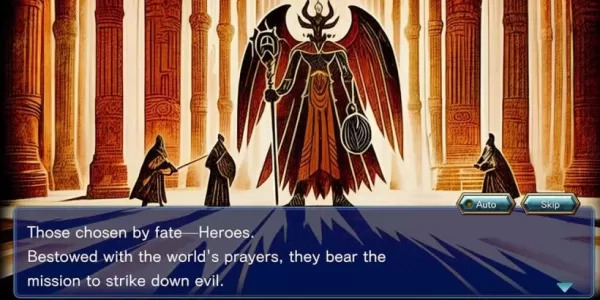Frank Miller's Return to Daredevil: Born Again
The mid-1980s marked a golden era for Marvel Comics, both creatively and financially. Having weathered the financial storms of the late '70s, buoyed by the success of Star Wars, Marvel was poised to revolutionize the comic book industry with the launch of Secret Wars in 1984. This groundbreaking series had far-reaching effects on the Marvel Universe and the industry, steering Marvel's heroes and villains into new narrative territories for years to follow.
This period also saw the release of other seminal stories such as Frank Miller's Born Again arc in Daredevil, the resurrection of Jean Grey in X-Factor, and Walt Simonson's epic Surtur Saga in Thor, among others. In this installment, Part 8 of our series on Marvel's essential issues, we delve into these landmark stories and other significant developments from the era.
More Essential Marvel
- 1961-1963 - The Birth of a Universe
- 1964-1965 - The Sentinels Are Born and Cap Dethaws
- 1966-1969 - How Galactus Changed Marvel Forever
- 1970-1973 - The Night Gwen Stacy Died
- 1974-1976 - The Punisher Begins His War on Crime
- 1977-1979 - Star Wars Saves Marvel From Bankruptcy
- 1980-1982 - Did the Dark Phoenix Saga Usher in the Greatest Decade for Marvel?
Frank Miller's Born Again and Walt Simonson's Surtur Saga
For some of the most celebrated narratives of this era, one cannot overlook Born Again, Frank Miller's return to writing Daredevil, this time with David Mazzuchelli on art. Spanning Daredevil #227-233, this arc is often regarded as the definitive Daredevil story. It follows Karen Page, who, in the throes of addiction, sells Daredevil's secret identity for heroin, leading to catastrophic consequences when the information reaches the Kingpin. The Kingpin uses this knowledge to dismantle Matt Murdock's life, leaving him destitute and at rock bottom. Matt's salvation comes through his mother, a nun named Maggie, setting the stage for his slow but powerful return as Daredevil. The arc showcases Kingpin's descent into fanaticism and is considered a true masterpiece. This storyline inspired Season 3 of Netflix’s Daredevil and will influence the upcoming Disney+ series Daredevil: Born Again.
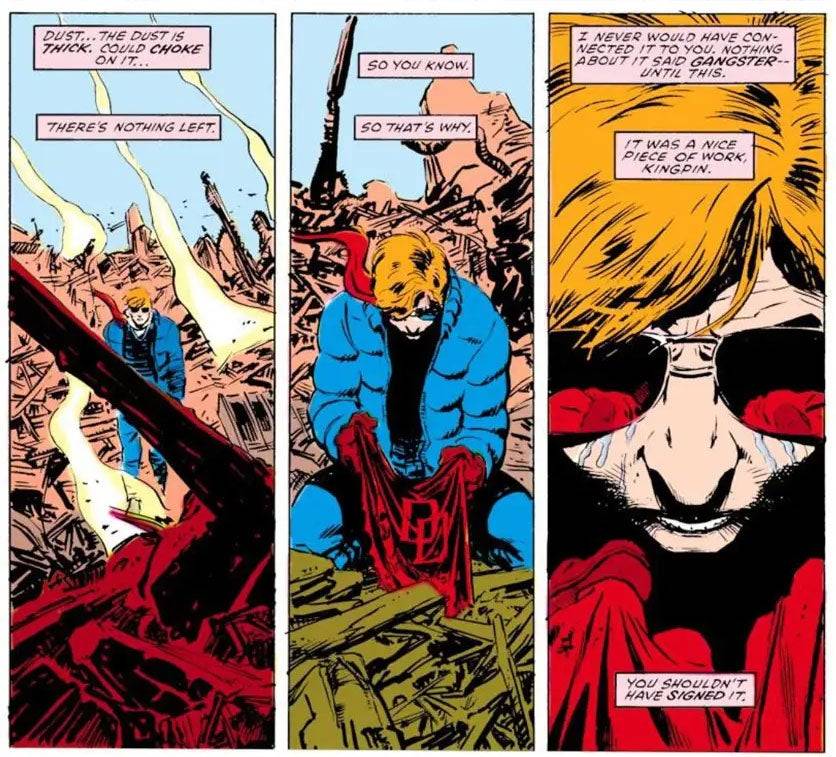 Daredevil: Born Again
Daredevil: Born Again
Simultaneously, Walt Simonson's tenure on Thor, beginning with issue #337 in 1983, introduced fans to Beta Ray Bill and revitalized the series with a mythic fantasy vibe. His most acclaimed work, the year-long Surtur Saga (#340-353), follows the fire demon Surtur's quest to bring about Ragnarok using the Twilight Sword. This saga pits Thor, Loki, and Odin against Surtur in an epic battle, and elements of this storyline have been adapted into films like Thor: The Dark World and Thor: Ragnarok.
Secret Wars Changes Comics Forever
In Part 4 of this series, we explored how 1973's Avengers/Defenders War foreshadowed the event crossovers that would dominate Marvel and DC's publishing strategies. A decade later, in 1984, Secret Wars became the first of these major events, a 12-part miniseries crafted by then Editor-in-Chief Jim Shooter and illustrated by Mike Zeck and Bob Layton. Conceived as a marketing tie-in with Mattel for a toy line, the plot is straightforward: the cosmic entity Beyonder transports a mix of Marvel heroes and villains to Battleworld to battle for supremacy. While the series is famous for its large cast and significant impact on the Marvel Universe, it's often criticized for its lack of depth and character consistency. The success of Secret Wars led to a sequel, Secret Wars II, and alongside DC's Crisis on Infinite Earths, it set the stage for the event-driven storytelling that would define the industry for years.
 Secret Wars #1
Secret Wars #1
Spider-Man’s Symbiote Suit and Other Iconic Spidey Stories
Following the foundational work of Stan Lee and Gerry Conway, Roger Stern revitalized Amazing Spider-Man starting with issue #224. His notable contribution was the introduction of the Hobgoblin in #238, who quickly became one of Spider-Man's most formidable foes. Although Stern's original Hobgoblin saga was cut short by his departure from the book after #251, he later returned to conclude the storyline in the 1997 miniseries Spider-Man: Hobgoblin Lives.
Immediately following Stern's exit, Amazing Spider-Man #252 introduced the iconic black symbiote costume, which originated on Battleworld in Secret Wars #8. This costume set the stage for the arrival of one of Spider-Man's most famous adversaries and has been adapted numerous times across various media. Another pivotal story from this period is The Death of Jean DeWolff in Spectacular Spider-Man #107-110, a dark tale featuring Spider-Man's pursuit of the Sin-Eater, the murderer of his ally Jean DeWolff, and his conflict with Daredevil over justice.
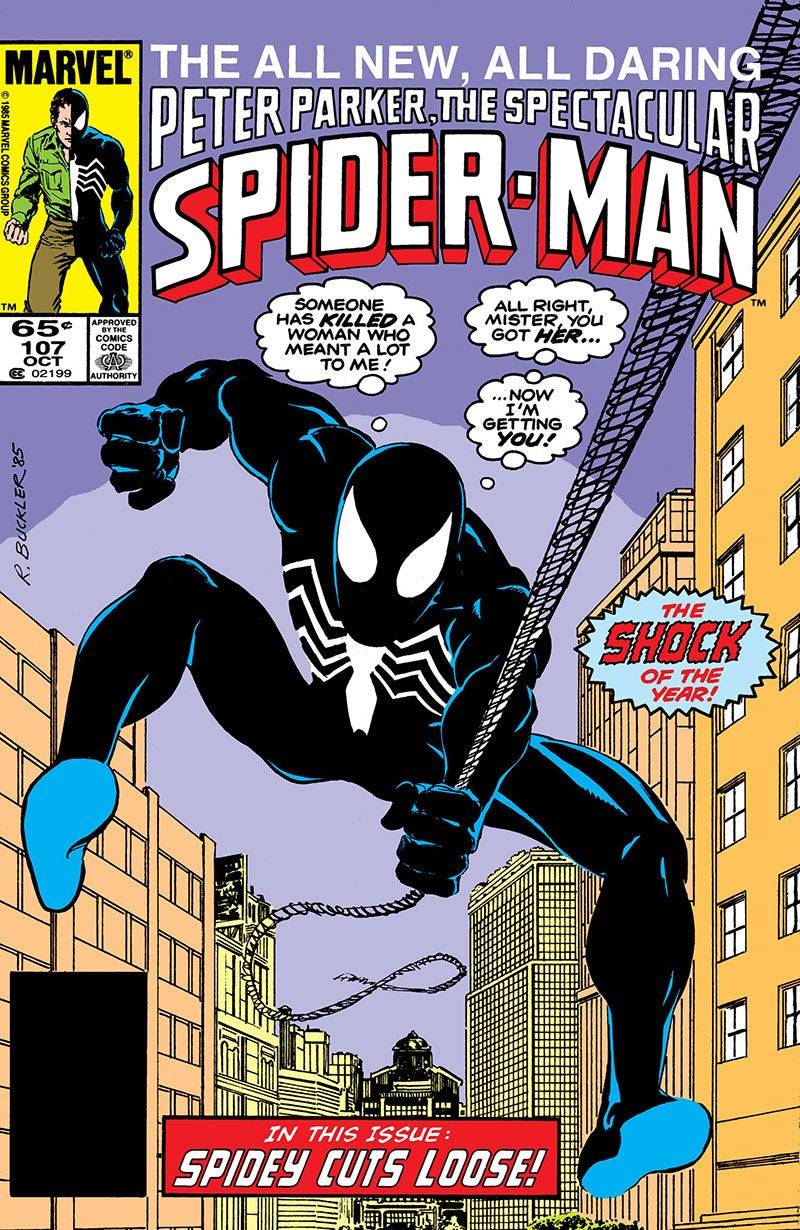 Spectacular Spider-Man #107
Spectacular Spider-Man #107
Jean Grey Returns, the Rise of Apocalypse, and Other Mutant Landmarks
The X-Men franchise also had its share of landmark moments during this time. Vision and the Scarlet Witch #4 confirmed Magneto as the father of Quicksilver and Scarlet Witch, a plot point that remained canon for decades. X-Men #171 marked Rogue's transition from villain to hero, joining the X-Men and becoming a fan favorite. Magneto's trial and subsequent leadership of Xavier's School in X-Men #200 further highlighted his complex character arc.
The resurrection of Jean Grey, detailed in Avengers #263 and Fantastic Four #286, saw her return without memories of her time as the Phoenix. This led to the formation of X-Factor with the original X-Men members. X-Factor #5-6 introduced Apocalypse, a formidable new villain who would become a staple in X-Men lore and various adaptations.
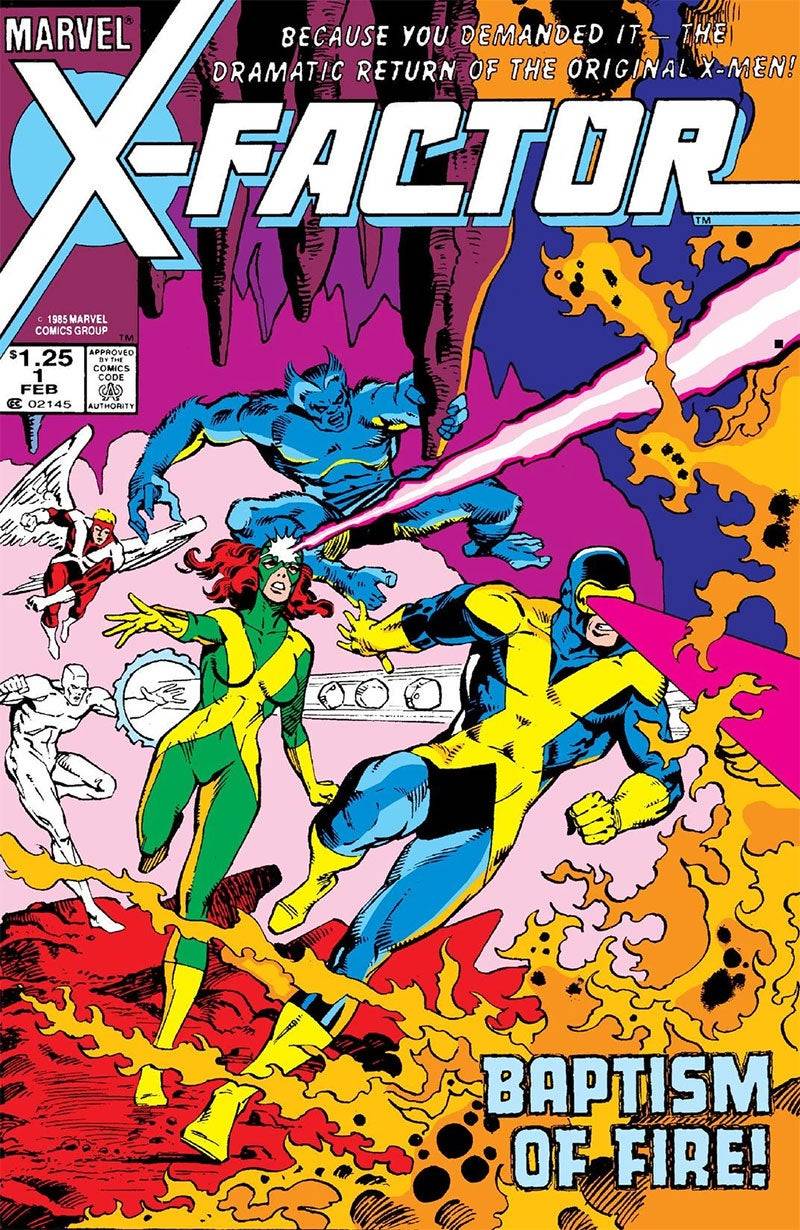 X-Factor #1
X-Factor #1
-
1
![Roblox Forsaken Characters Tier List [UPDATED] (2025)](https://imgs.ksjha.com/uploads/18/17380116246797f3e8a8a39.jpg)
Roblox Forsaken Characters Tier List [UPDATED] (2025)
Mar 17,2025
-
2

Roblox UGC Limited Codes Unveiled for January 2025
Jan 06,2025
-
3

Stardew Valley: A Complete Guide To Enchantments & Weapon Forging
Jan 07,2025
-
4

Pokémon TCG Pocket: Troubleshooting Error 102 Resolved
Jan 08,2025
-
5
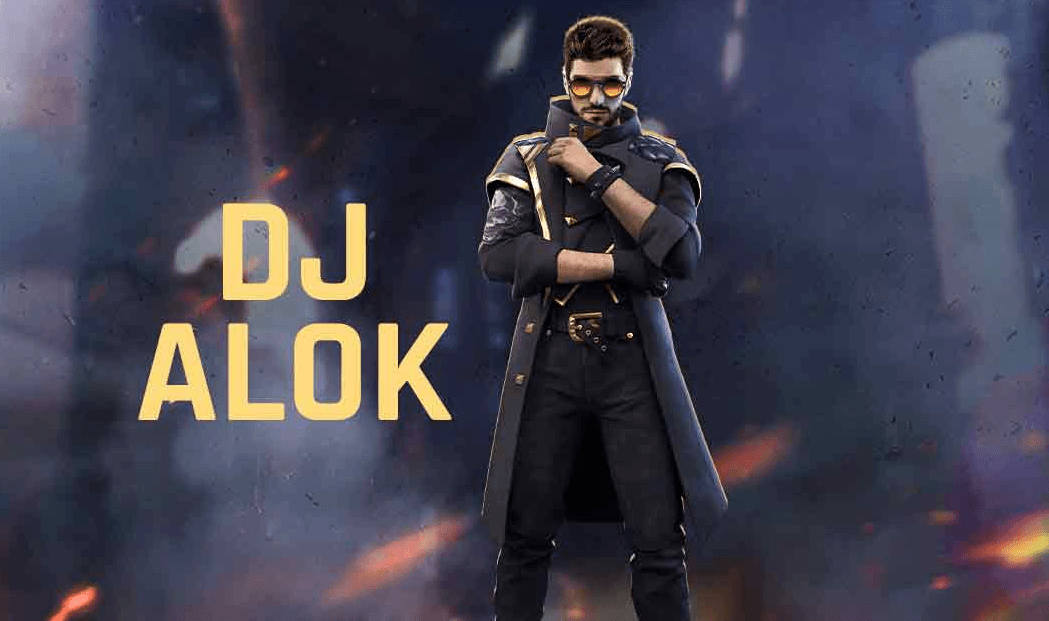
Free Fire Characters 2025: Ultimate Guide
Feb 20,2025
-
6

Blood Strike - All Working Redeem Codes January 2025
Jan 08,2025
-
7

Blue Archive Unveils Cyber New Year March Event
Dec 19,2024
-
8

Roblox: RIVALS Codes (January 2025)
Jan 07,2025
-
9

Cyber Quest: Engage in Captivating Card Battles on Android
Dec 19,2024
-
10

Delta Force: A Complete Guide to All Campaign Missions
Apr 09,2025
-
Download

A Simple Life with My Unobtrusive Sister
Casual / 392.30M
Update: Mar 27,2025
-
Download

Random fap scene
Casual / 20.10M
Update: Dec 26,2024
-
Download
![Corrupting the Universe [v3.0]](https://imgs.ksjha.com/uploads/66/1719514653667db61d741e9.jpg)
Corrupting the Universe [v3.0]
Casual / 486.00M
Update: Dec 17,2024
-
4
Ben 10 A day with Gwen
-
5
Oniga Town of the Dead
-
6
A Wife And Mother
-
7
Cute Reapers in my Room Android
-
8
Permit Deny
-
9
Utouto Suyasuya
-
10
Roblox


